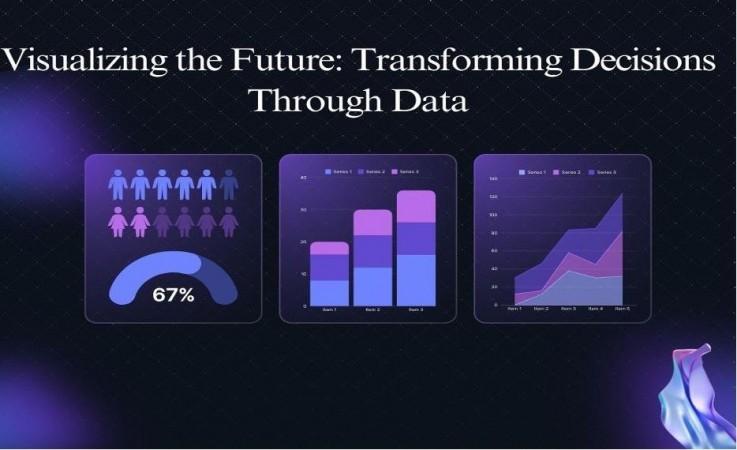
In today’s world of escalating cyber threats, artificial intelligence is emerging as a transformative force in protecting digital assets. Poli Reddy Reddem, a cybersecurity expert currently working in the medical technology sector, explores groundbreaking developments in AI-powered security solutions.
The Rising Cost of Digital Defense
Data breach costs have reached alarming levels, hitting $4.45 million in 2024, representing a 15% increase over three years. This surge in financial impact has pushed organizations to seek advanced security measures. AI-powered security systems have emerged as a cost-effective solution, delivering impressive results in breach prevention and mitigation. Organizations implementing these intelligent systems report a dramatic 74.5% reduction in breach-related costs compared to those using traditional security methods. This significant cost difference stems from AI’s ability to detect threats earlier, respond faster, and prevent more sophisticated attacks that often lead to costly data breaches. The technology’s effectiveness in reducing financial impact while improving security posture has made it an essential investment for organizations aiming to protect their digital assets.
Smart Systems Lead the Way
The technology’s ability to detect and respond to threats has become so crucial that 69% of organizations now acknowledge they cannot effectively address critical cybersecurity threats without AI support. These intelligent systems are revolutionizing traditional security approaches with unprecedented accuracy and speed.
Advancing Threat Detection
AI algorithms have revolutionized threat detection through advanced pattern recognition and real-time monitoring capabilities. These intelligent systems track network behavior, user activities, and resource usage to identify potential security risks. The technology demonstrates remarkable accuracy, successfully identifying 99.9% of known threats and achieving a 98.7% detection rate for new, previously unseen threats. This level of precision marks a significant advancement in cybersecurity defense mechanisms.
The Power of Behavioral Analysis
AI’s capabilities extend to analyzing user behavior patterns, offering deep insights into potential security threats. By examining login attempts, file access behaviors, and communication patterns, these systems can detect insider threats and compromised accounts that might evade traditional security measures, reducing attacker detection time by 53%.
Future Prospects
The AI cybersecurity market is poised for remarkable growth, projecting an increase from $8.8 billion in 2019 to $38.2 billion by 2026. Predictive threat intelligence powered by AI is expected to reduce threat detection time by up to 12% while increasing prediction accuracy by 60% compared to traditional methods.
Overcoming Implementation Hurdles
The journey isn’t without challenges. Organizations must address concerns about data bias, system transparency, and potential adversarial attacks. The industry also faces a significant skills gap, with only 12% of cybersecurity professionals possessing advanced AI/ML skills.
Strategic Development
Progress requires a balanced approach focusing on technological advancement while addressing ethical considerations. Organizations are prioritizing transparent and accountable AI systems, with 73% making it a key priority and 66% emphasizing data protection and privacy in their AI initiatives.
Building Collaborative Solutions
The evolution of AI cybersecurity requires collaborative efforts across multiple sectors. Strong partnerships between industry experts, educational institutions, and government bodies are
driving innovation forward. This cooperation has led to expanded specialized training programs and enhanced public-private initiatives, helping bridge the critical skills gap in the field.
In conclusion, the integration of AI in cybersecurity represents a pivotal shift in digital defense strategies. While implementing these advanced systems presents challenges, from data bias to skills gaps, their transformative potential cannot be ignored. As Poli Reddy Reddem illustrates, AI’s ability to enhance threat detection, automate responses, and adapt to emerging threats makes it indispensable for modern cybersecurity. With continued technological advancement and responsible development practices, AI promises to build more resilient digital defenses for our interconnected future.





